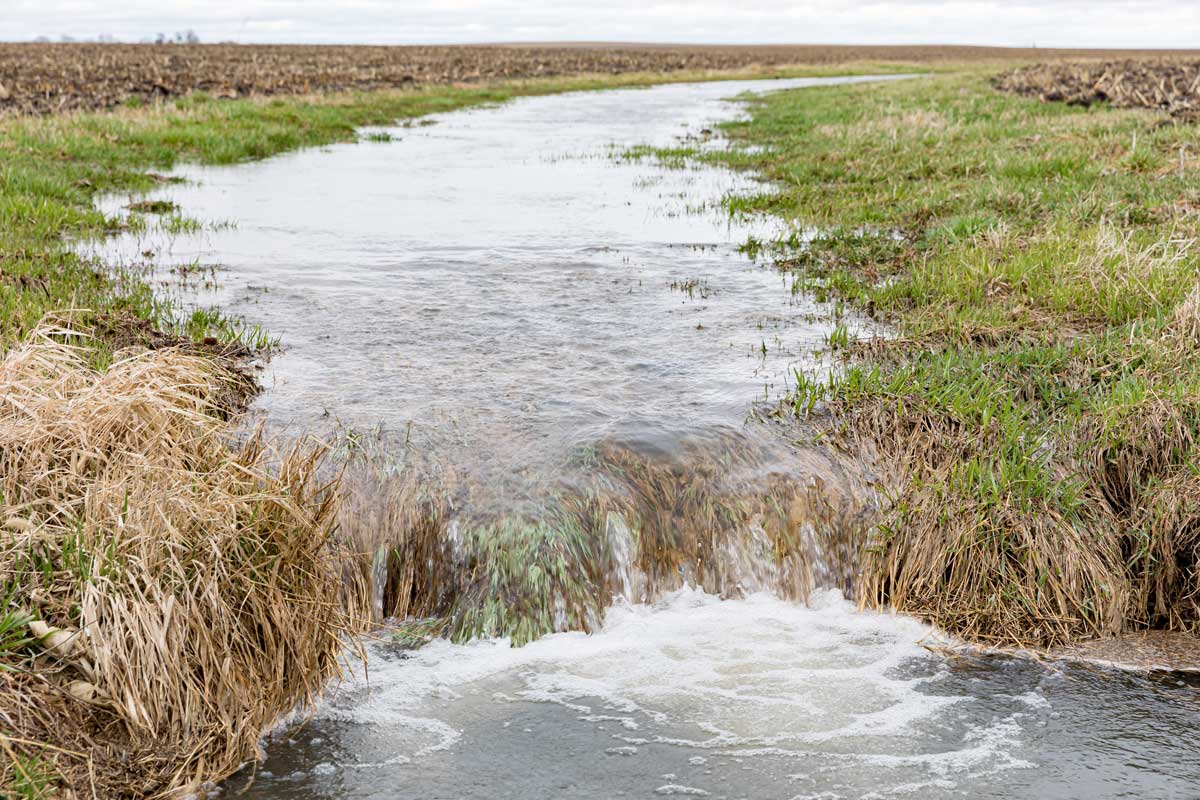The ONE Role in Erosion & Sediment Control
Construction sites engaging in land-disturbing activities must have an Erosion and Sediment Control Plan in place to minimize erosion and sediment pollution from the site.
Sediment pollution is one of the most common sources of pollution in our waterways with negative consequences for aquatic and plant species and other wildlife. When too much sediment reaches rivers, streams, lakes and ponds, increased turbidity inhibits growth of crucial aquatic vegetation and it can leave deposits that alter water flow, reduce water depth, and threaten important habitats.
ONE Environmental Group’s staff includes six erosion and sediment control inspectors certified by the Virginia Department of Environmental Quality (VDEQ) and the North Carolina Department of Transportation (NCDOT). Environmental Consultant Jamison Clarke is among them.
ONE’s recent work in erosion and sediment control has largely been at solar sites under construction in Virginia and North Carolina, as well as at mineral sands surface mines.
Businesses that do not meet compliance with these regulations risk a stop work order being put into place if the Erosion and Sediment Control Plan or Stormwater Pollution Prevention Plan (SWPPP) is not being followed and there is a risk to natural resources.
ONE serves as third party auditor to ensure that nothing is overlooked that could lead to a potential violation.
For Clarke, that means boots on the ground for thorough weekly visits to the solar sites where construction continues. This entails examining the perimeter of the site, observing the control measures in place, and making sure they are operating correctly. Silt fence, for example, prevents sediment from running off the property, but if a rip, tear or hole damages the fencing, sediment can leave the property and pollute waterways.
Clarke also inspects sediment traps and basins that capture sediment-filled runoff water.
“We ensure that control measures are operating effectively and as intended in order to avoid any release of sediment from the site that can threaten our natural resources.”
Large scale storm events affect erosion and sediment control. During the wetter months, the challenges increase to keep erosion minimal.
“When we have heavy rain, erosion and sediment control is a top priority,” Clarke said. “That’s why it is crucial for us to make sure that control measures onsite are operating as intended so that the site is ready and able to handle the significant rainfall and runoff that these storms produce.”
Dry weather is another variable. Extremely dry conditions can produce excessive dust. Water trucks are needed to dampen the roads onsite to prevent sediment from becoming airborne.
Clarke’s weekly visits almost feel like hikes. “You see a good amount of wildlife,” he said. “You get some grueling exercise as well. I’ve had run-ins with turkeys, deer, otters and a fair amount of snakes. I keep snake gaiters around my legs in dense vegetation or along waterways.”
Clarke works closely with inspectors from different localities who make biweekly visits for their own inspection. Corrective actions are addressed prior to an official visit to prevent construction delays or other unintended consequences.


